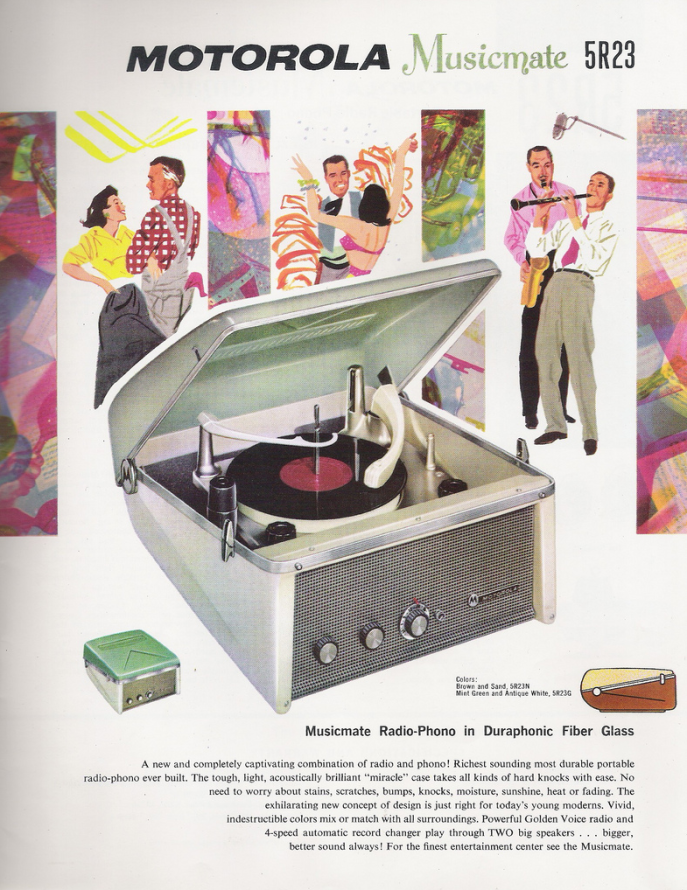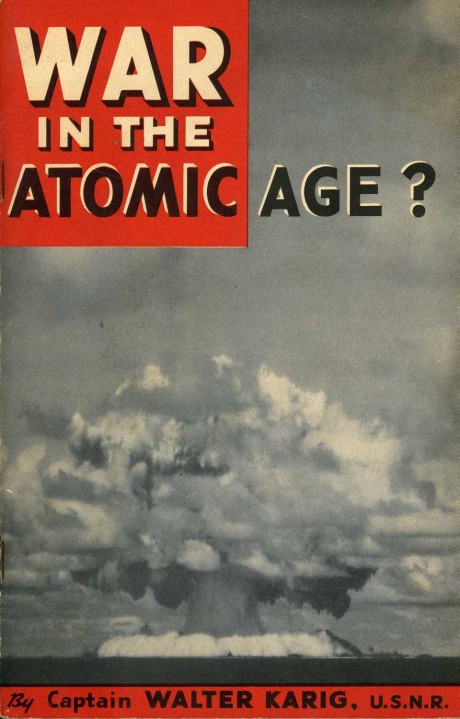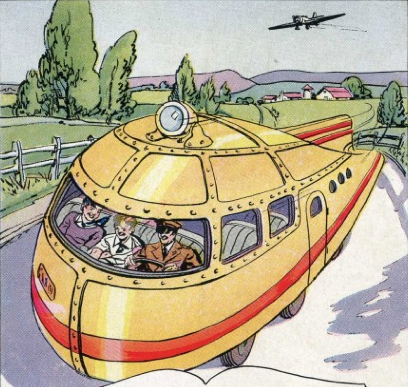
The Morgan Sports MX2 1936 (8754)
Manufacturer: Morgan Motor Company, Malvern (Worcestershire) – UK
Type: Sports (MX2)
Engine: 990cc V-Twin air-cooled
Power: 22 bhp / 4.500 rpm
Speed: 117 km/h
Production time: 1933 – 1936
Points Of Interest:
– The three-wheeled Morgan or ‘trike,’ as it is also known, was built in response to the British tax on four-wheeled automobiles (considered to be cyclecars).
– Until 1933 Morgan used John Alfred Prestwich (J.A.P.) engines, later the Matchless MX, MX2 and MX4 engines.
– This “Sports Model” has a Matchless MX2 V-Twin air-cooled engine, a three-speed manual gearbox (+ reverse), an electric starter, front and rear separated/independent drum brakes (cable controlled), a AMAL carburettor, a 18 liters fuel tank and rear wheel drive (chain drive train).
– It has independent front suspension with shock absorbers and a rigid rear axle.
– It could be ordered with either none, one or two doors.
– This Sports model (built between 1932 and 1939) replaced the Aero.
(Photo and Descriptions via Le Photiste)
Vanity Fair special issue from 1903 dedicated to “bifurcated girls”, i.e. women in trousers. Note this isn’t the same Vanity Fair of current fame, but an earlier magazine with the same name, more of a Victorian version of FHM. – The Public Domain Review

























![1917 - Hellish [?] Furnace](https://atomicscout.files.wordpress.com/2015/03/1917wolverinestoves-460x685.jpg?w=687)



